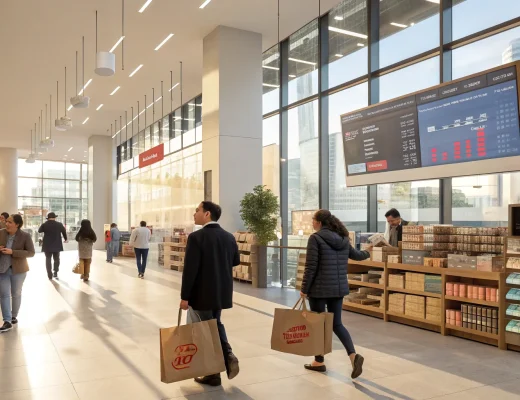China initiated the market operation of the basic pension fund in December 2016. Since then, the local pension funds managed by the National Council for Social Security Fund (NCSSF) have accrued an investment income of 306.671 billion yuan (about 43.4 billion U.S. dollars). This has achieved an average annual investment return rate of 5 percent.
In 2023 alone, the investment income of the local pension funds amounted to 39.589 billion yuan (5.6 billion U.S. dollars). The investment return rate was 2.42 percent. The report also indicates that by the end of 2023, the total assets of the basic pension funds had grown.
They now exceed 2.23 trillion yuan (about 315.81 billion U.S. dollars). The local pension fund forms part of the basic pension fund.
Pension fund growth since 2016
It aims to preserve and increase its value. The annual return rate of the pension funds entrusted for investment by local governments in China has reached 5 percent since the end of 2016. This is according to a report released on Saturday by the NCSSF.
China’s pension system faces challenges as the elderly population grows. By 2035, the number of elderly people in China is expected to reach approximately 400 million. This poses a significant strain on the basic national pension fund.
To address this issue, China is advocating for a multi-pillar approach. This includes a second pillar, the voluntary employee pension, and a third pillar, the private pension. These initiatives aim to provide more comprehensive support for retirees and reduce the burden on the national system.







